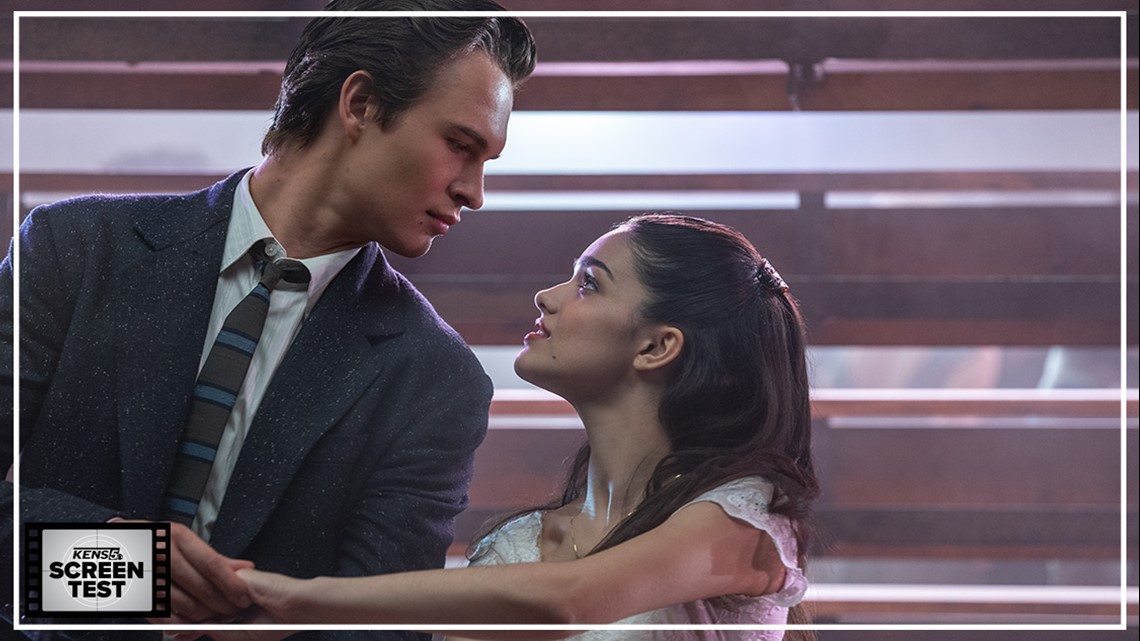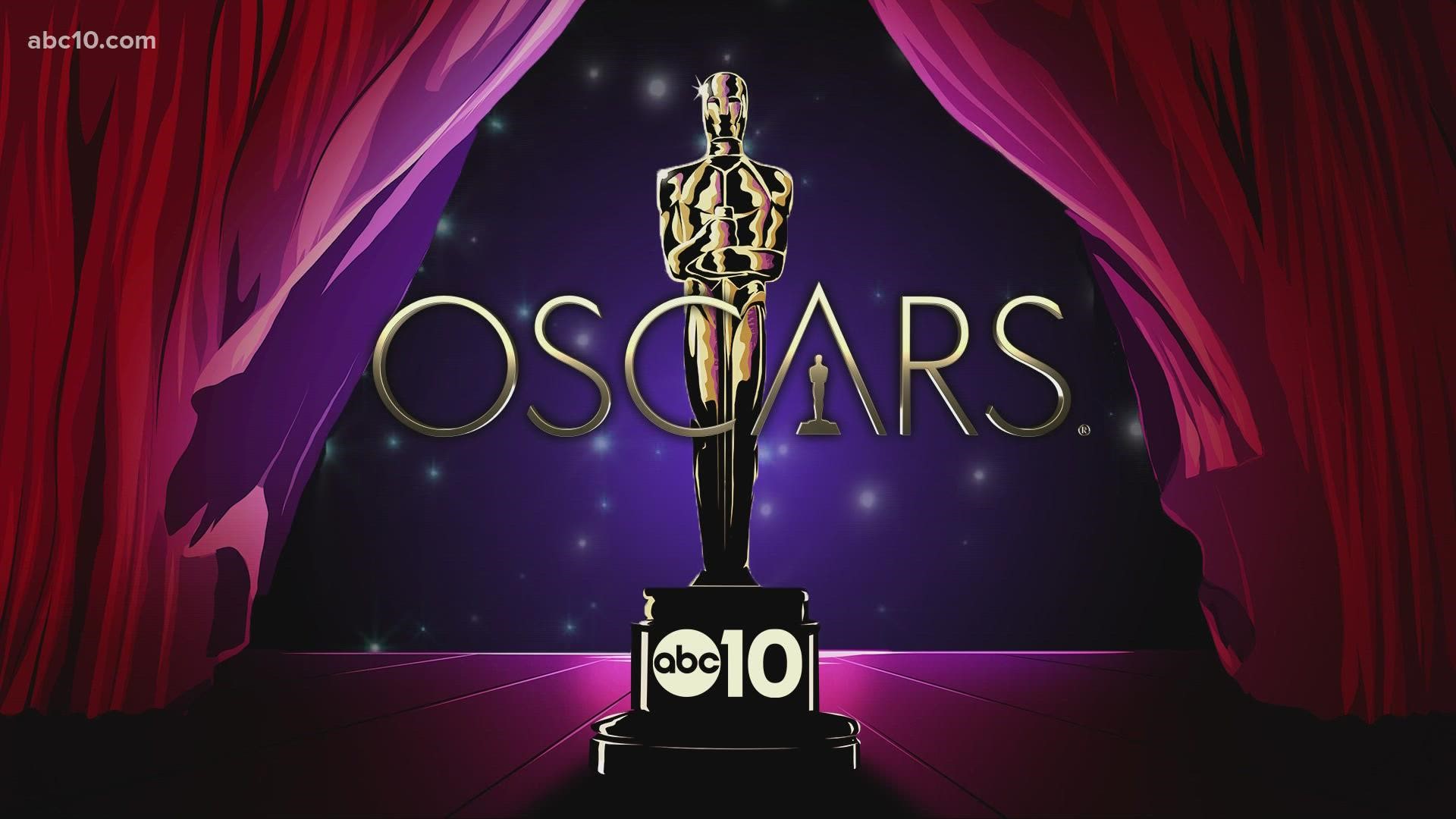Among the tweaks that Steven Spielberg and Tony Kushner apply to their remake of “West Side Story” – the directing-writing duo’s first collaboration since 2012’s “Lincoln” – is cutting the subtitles for Spanish dialogue. It’s a flourish audiences might mistake as an error before realizing it’s standard operating procedure, and there could be multiple reasons for it: immersion, inclusivity, an aesthetic leveling of the playing field between the movie’s warring gangs.
The rhetorical arguments are sound, the execution commendable. Yet the intention rings hollow for a story that traffics unabashedly in tale-as-old-as-time grandiosity. Because “West Side Story” is a tale of broad strokes and archetypical construction, this change – and others, like shop owner Doc being replaced by Rita Moreno’s Puerto Rican character Valentina, and having Latino actors actually filling Latino roles – feels like lip service for a 2021 take on a 1961 classic about cultural battles in back alleys and the cross-territory romance that turns war into tragedy. It certainly doesn’t clarify the problem of obviousness that keeps “West Side Story” from exemplary status, even if some of its sequences are among the most stunning of any 2021 film.
Therein lies the complication of Spielberg’s divinely visualized “West Side Story,” a New York City-set fantasy that resembles a modern sensibility without taking place in modern times—a contradiction we’re asked to reckon with at the same time as the kineticism of its choreography and camerawork encourages us not to. The enduring legacy of Jerome Robbins and Robert Wise’s 1961 Best Picture winner argues I might be missing the point.
More immediately, so does the prowess of this particular movie’s director. Narrative and thematic backbones have remained intact over the 50 years separating these two “West Side Stories” – this is still a substantively brittle story about the self-destructive passion of youth – but through Spielberg’s eyes the material appears more toned and muscled. The movie is as technically accomplished as one would expect, boasting a stellar chemistry with color, a lust for lens flares, a penchant for cinematic volatility and a sizeable investment in the power of its performers, the film’s best asset.
This is all to say: “West Side Story” has vigor, which for Spielberg is more valuable than flair, and it helps you ignore how pre-ordained this epic can often seem in its telling. Perhaps that’s appropriate, given how Spielberg has been preparing for a musical his entire career… or at least ever since Kate Capshaw sauntered onto the Club Obi Wan floor to open “Temple of Doom.” “West Side Story” is suitably spectacular; I suppose that’s better than being spectacularly suitable.
At the same time, there’s an awkward dissonance between the overpolished glamor of these city streets and the grit of conflict simmering at their edges, as if Spielberg and his collaborators struggle to see the humanity in the characters beyond the parts they’re meant to play. The result is a movie that gasps for lack of life almost as often as it bursts with it.
The film’s cast is its lifeblood, the relative freshness of its younger faces conjuring a vulnerability that ripples under the film’s brawls and dances, its skirmishes and its swooning. Star-in-the-making Rachel Zegler astounds as Maria, creating an instantly sympathetic dimension to her desire opposite Ansel Elgort’s comparatively stiff Tony; as much as instant commitment swims behind her eyes in their rendition of “Tonight,” you may also spot a glint of astonishment that this independent personality could allow herself to be swept up so easily. You won’t be able to take your eyes off Zegler during “I Feel Pretty” as she bounces across and seemingly through the screen, overcome with star-crossed optimism (the movie’s readjustment of the tune in the story’s timeline may be Spielberg and Kushner’s boldest change).
You’ll also feel the intense friction of Maria’s later scenes with Ariana DeBose, Oscar-nominated for a full-feeling take on Anita. She sees promise in the American streets where her partner, Bernardo (David Alvarez, also excellent), sees a dead-end, and in this film’s furiously fast-moving version of the “I Want To Be In America” number, DeBose and Alvarez hardly break a sweat keeping up with Janusz Kaminski’s camera. Alvarez adapts well to the spotlight of a Spielberg production; DeBose makes the case that she was destined for it.


Then there’s Mike Faist as Jets leader Riff, giving a truly revelatory performance in the sweet spot between mirth and mania. The actor carries himself with a squirrely intensity, and when he talks it’s with the high-pitched, room-devouring command of a lost soul constantly reasserting command of himself as well as over his clan; it’s no surprise Faist comes from the Broadway world. When his Riff insists his beef with the Sharks “is about territory,” you believe the passion.
You also believe it’s about so much more, that under the laser-eyed death stares linking Riff with Bernardo lies nothing less than the struggle for America’s past and its future. The movie’s soul remains tied to the scope of its dramatic maneuvers, and to the way hope embraces inevitable despair as Tony and Maria increasingly reject their respective adoptive families’ codes. Its potential, therefore, blooms as far as Spielberg is willing to embrace the reality under the romanticism of the story.
It’s a task he more confidently meets the deeper into this “West Side Story” we go. Consider this movie’s rendition of “Cool,” in which Riff and Tony are both duetting and dueling in a fateful game of keepaway. It’s a wildly tense sequence, sneakily asserting itself as one of the film’s best as Faist and Elgort skirt the line between playful posturing and deadly anticipation. In theory, that’s the line the Jets are constantly walking, as are the Sharks; fighting for their way of life makes for a reliable excuse to plan a midnight brawl, but there’s a reason everyone stops dead in their tracks when the switchblades flip open.
The movie’s best scenes arrive in the aftermath of that climax, when the dancing, whistling, twirling kids have passed a point of no return and it becomes clear that “West Side Story’s” sadness is far, far more potent than its anger. In the grand scheme of things, perhaps that is the difference between what a country is and what it can be.
"West Side Story" is rated PG-13 for some strong violence, strong language, thematic content, suggestive material and brief smoking. It's still screening in some San Antonio theaters, and is also streaming on Disney+ and HBO Max. Runtime: 2 hours, 36 minutes.
Starring: Ansel Elgort, Rachel Zegler, Ariana DeBose, David Alvarez
Directed by Steven Spielberg
2021
---
MORE REVIEWS:
- SXSW: Multiversal madness reaches boundless new highs in Michelle Yeoh-led ‘Everything Everywhere All At Once’
- SXSW: Performance-powered ‘The Lost City’ marks an enjoyable return for bigger-budget comedies
- ‘Turning Red’ Review: Pixar’s newest is a refreshingly frank take on teenage anxiety
- ‘Cyrano’ Review: Peter Dinklage is a heartbreaking tour de force in Joe Wright’s romantic epic
- ‘CODA’ Review: Heartfelt crowd-pleaser defies convention by embracing it
- ‘Drive My Car’ Review: A gentle, ghostly emotional epic about life's winding roads

